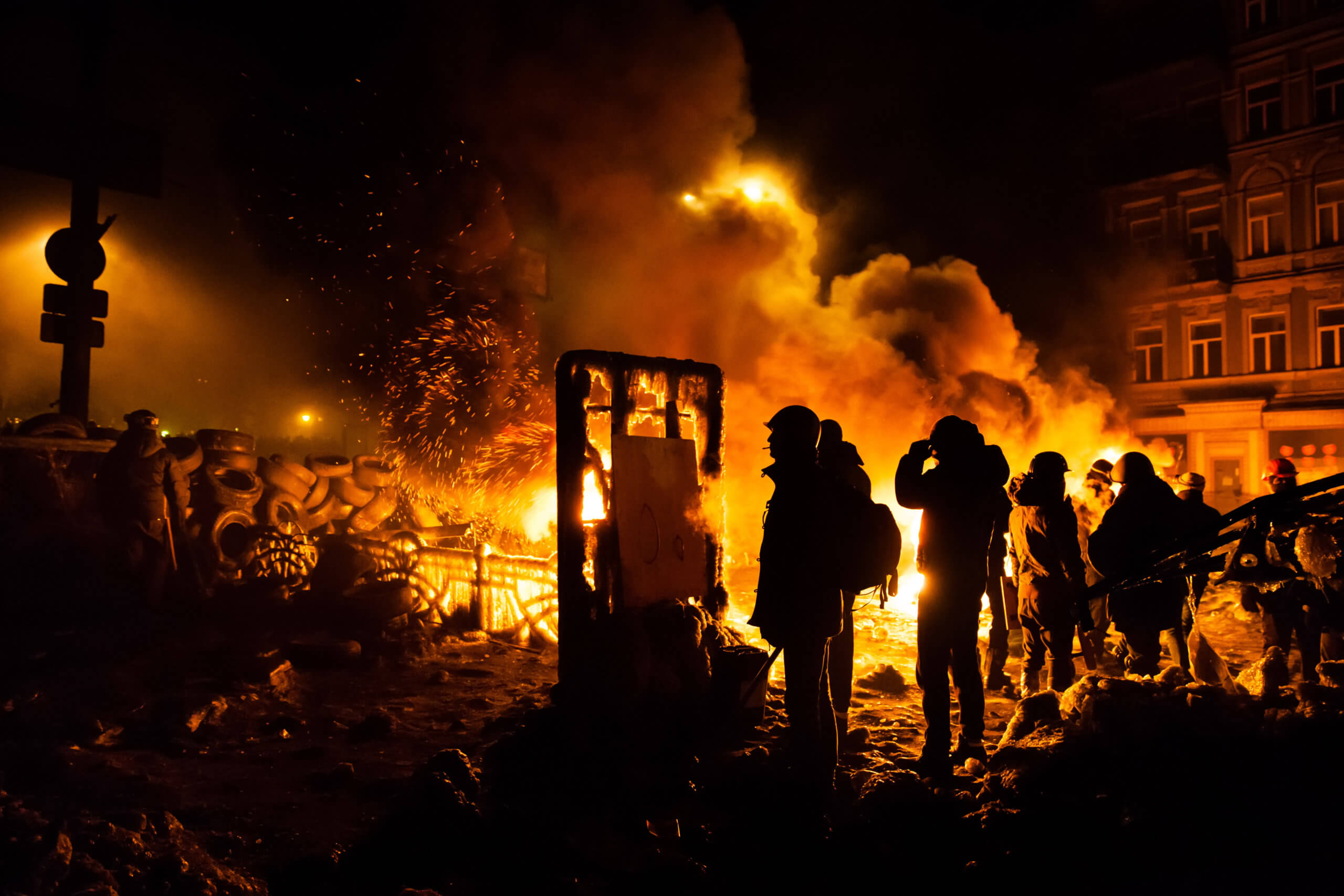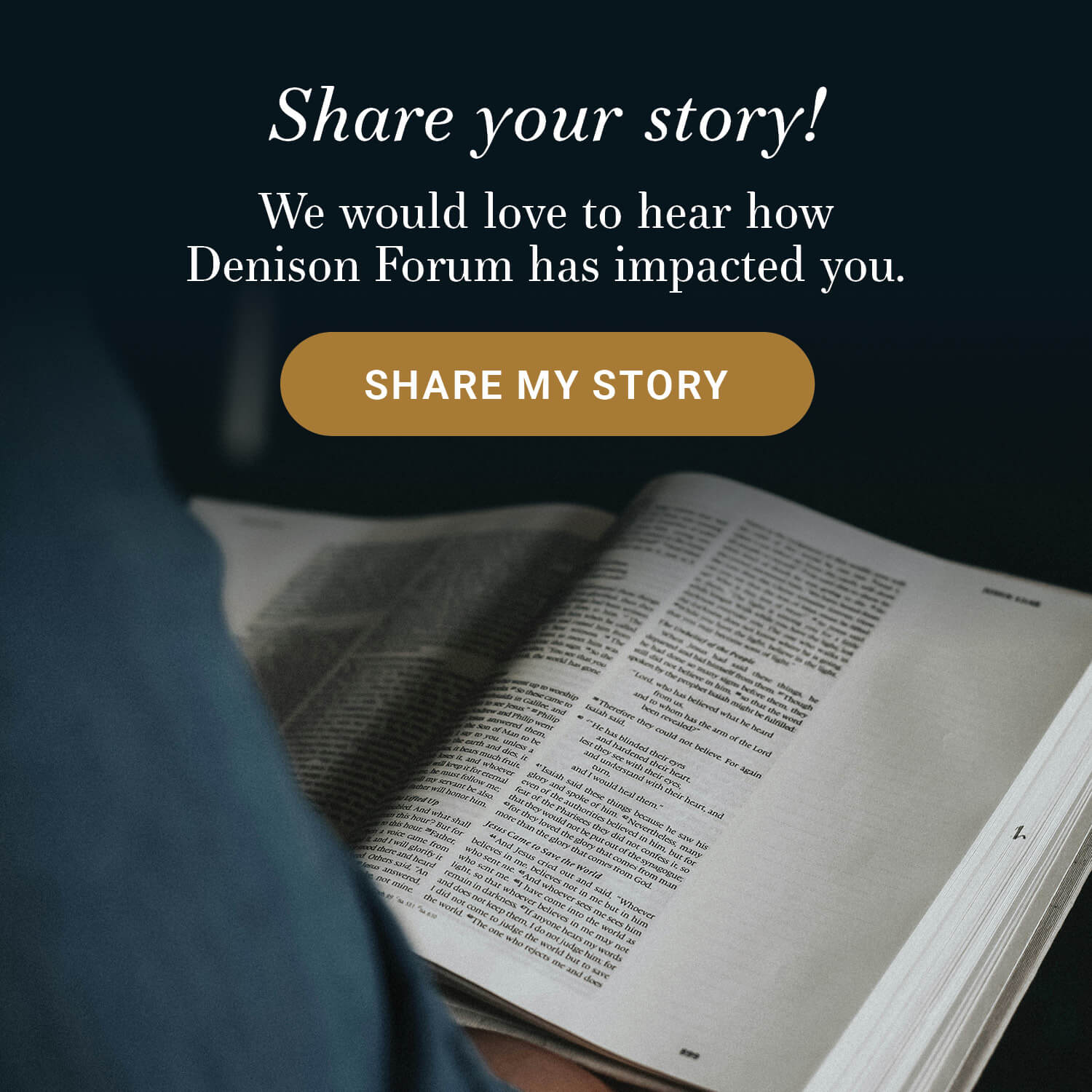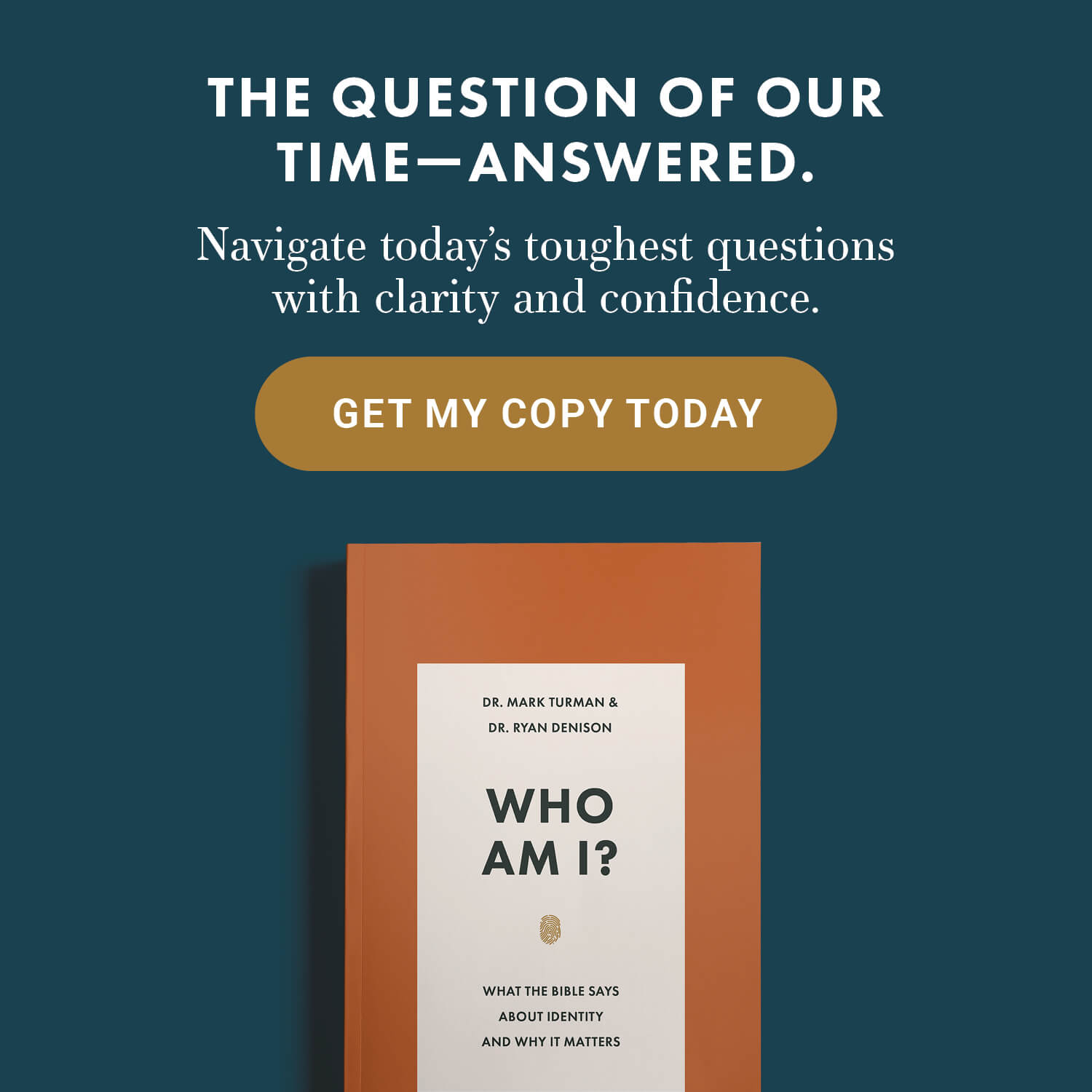
KIEV, UKRAINE - January 24, 2014: Mass anti-government protests in the center of the Ukrainian capital Kiev. Waiting to storm by government troops on Hrushevskoho St. © misu/stock.adobe.com
Russian President Vladimir Putin believes that Ukraine and Russia are part of one whole, that Ukraine as a country is a farce. Russian propaganda repeatedly argues that Ukraine is a puppet nation for the West and that Putin wants to free the Ukrainian people.
There are countless other geopolitical motivations Putin has in taking Ukraine, but these are the ideological justifications he put forward.
Now, that narrative is in shambles.
Not only do Ukrainians not want to join Russia as part of Putin’s vision for Russian glory, but they are also stalwartly determined to stop Russian occupying forces. Because of hardened civilian resistance and the dedication of the Ukrainian military, and because the Russian economy is in free fall from international sanctions, pundits are saying that Putin is in an unwinnable war.
Ukrainian citizens did not celebrate his invasion. In fact, they’ve fought harder than anyone expected.
Why was Putin’s story about Ukraine so badly wrong?
Ukraine’s history as a part of Russia
Ukrainian people have a fascinating history pre-eighteenth century, which includes the formation of their unique, Slavic language called Ukrainian. Though they retained some of their independent culture and national identity, from the late eighteenth century onwards, Ukrainians were in some way a part of the Russian empire.
When the communist Soviet Union was formed in the early twentieth century under Lenin’s leadership, Ukraine posed a challenge. As a country, it was somewhat independent of Russia, and there were strong sentiments of national pride in Ukraine, which meant that they wouldn’t fully integrate into the new communist Russia. According to Yale historian Thomas Snyder, this challenge helped form the Soviet Union because, in the end, the USSR became a collection of republics rather than just one nation, in part to accommodate Ukraine.
The Soviet Union at first tried to win over Ukraine by favorable policies, but Stalin then implemented the communist “collectivization,” which put the government in direct control of all farming. This sparked a horrific man-made famine called Holomodor in the 1930s that killed approximately 4 million Ukrainians. They were deliberately deprived of food by harsh, targeted policies, and the Soviet Union forbid anyone from leaving. Stalin also deliberately tore down Ukrainian culture by arresting artists, writers, and other figures of importance in an attempt to make Ukraine more like Russia. They even removed a letter of the Ukrainian alphabet to make it more like Russian. This practice was called “Russification.”
The relationship between Russia and Ukraine under the Soviet Union flipped back and forth during and after WWII. Sometimes they were favored; sometimes there was political strife between them and Russia.
Again, in the ’70s, the General Secretary of the Community Party, Leonid Brezhnev, took strong “Russification” measures in Ukraine. This kind of thinking is at the core of Putin’s ideological beliefs. It seems that since the ’70s, Putin has believed that Ukraine is firmly a part of Russia.
Ukraine’s new identity
Then, in 1991, the Soviet Union collapsed, and Ukraine began building itself from the ground up. Ukraine celebrates August 24 as their independence day, when they declared by a 92 percent vote to become independent from the USSR.
In historic terms, Ukraine as an entirely independent entity is fairly recent. Ukraine forming its identity and government apart from the USSR was not easy, and not without corruption and violence.
Ukraine transitioned to a capitalist society under the leadership of President Leonid Kuchma (himself not free from corruption). In the early stages, though capitalism grew, so did the power of wealthy oligarchs (rich businessmen who wielded massive political power). In the 2000s, Ukraine oscillated between drawing closer to the West, with the goal of joining NATO and the EU, and tying together with Russia.
It’s important to note that the demographics of Ukraine, especially during this time, were split down the east and west. Traditionally, eastern Ukrainians tended to feel more sympathetic toward Russia, whereas western Ukrainians tended to ally closer with the West. However, recent elections have shown a far more united demographic inclined toward the West. And that uniting of Ukrainians over time is a critical part of their national story.
The Orange Revolution took place in 2004 when people widely accused Ukraine’s national election of being rigged in favor of pro-Russian president Viktor Yanukovych. The massive protests showed the newfound resolve of the people toward democratic values. Hundreds of thousands marched on the capital. After the chaos settled, they elected a temporary government until they held another vote.
Under the third, ostensibly fairer vote, the pro-Western candidate Viktor Yushchenko won by a margin of 2 percent. Yushchenko said in his inaugural address, “We are free. The old era is over. We are a new country now.” In the following years, they would partner with NATO in the hopes of one day becoming fully included in NATO.
However, in 2010 the Russian-leaning candidate Yanukovych won the presidency (this time, the tally seemed more legitimate) and began extending relations with Russia while abandoning the goal of joining NATO, though he described his approach to Ukraine’s international relations as a “neutral state.” It was clear that corruption persisted in the Ukrainian government when two of Yanukovych’s political opponents were imprisoned.
In spite of this, there were plans for Ukraine to begin associating with the EU. These were scrapped days before it the association was supposed to be signed, and the people of Ukraine interpreted this as bowing to pressure from Russia. Again, massive street demonstrations swept Ukraine in late 2013.
When the government imposed restrictions on citizens’ right to protest, the protests ironically swelled to hundreds of thousands, and the demonstrations lasted for months. Eventually, the Ukrainian government tried to forcefully quell what became known as the “Maidan protests,” or alternatively as the “Revolution of Dignity.” This active suppression by security forces led to violence that ended in scores killed and hundreds injured.
Eventually, the protestors won out by sheer numbers and resolve, forcing Yanukovych to flee to Russia. The protestors’ demands were met. This revolution won another apparent victory for the pro-democratic core of Ukraine.
Open conflict with Russia
In the midst of this unrest, however, many in the Crimean peninsula were pro-Russian and held rallies of their own to join Russia and as opposition to the Maidan protests. A month after Yanukovych fled to Russia, and Putin’s hopes of influencing Ukraine through him were dashed, the Russian military forcefully but nonviolently took control of Crimea. These forces wore unmarked uniforms, but Moscow later admitted they were Russian soldiers.
Then, Crimea held a vote on whether to become part of Russia or become independent (all under Russian supervision). In this corrupt vote, which was illegitimate to begin with, the people in Crimea unsurprisingly elected to join Russia. This is how Russia illegally annexed Crimea in 2014.
Also in 2014, soon after the Maidan protests, separatist groups who wanted to join Russia started an insurgency on the eastern border in a region called “Dunbas.” The two separatist groups called themselves Donetsk and Luhansk People’s Republics. For eight years, Ukraine has been at war with the separatists, whom Putin has supported financially and militarily. The death toll in this violent conflict reached 14,000 before Russia even invaded in 2022.
Instead of the old presidents battling for leadership in the 2019 elections, a new figure emerged: Volodymyr Zelensky, a popular comedian and actor. His campaign ran on undoing corruption and a pro-Western allyship. Zelensky won in a landslide vote of 73 percent. Over time, however, his popularity diminished when he was unable to resolve the Dunbas war. Of course, that changed in the last month.
In February 2022, Putin recognized Donetsk and Luhansk People’s Republics as legitimate. This gave them the farcical pretext for war. According to Putin, they sent “peacekeeping troops” there to protect the pro-Russian republics. This led to the present-day, all-out invasion by Russian forces, what Russia calls a “special military operation.”
Ukraine’s strong, independent people
The conflict-laden history of Ukraine points to how they have become strong-willed and hardened as a people:
- They suffered subjugation by the USSR until they declared independence.
- After securing independence, the citizens had to fight against corrupt politicians from within and without, constantly in the face of Russian pressure.
- This led to two massive protests, the Orange Protests, and then the Revolution of Dignity ten years later.
- Then, in a seemingly unending war, they fought Russian-backed separatist groups in eastern Ukraine.
Their history shows a people who have become more and more unified over time, tempered like steel against authoritarianism. Now, to secure their freedom, they must fight again for their lives. Civilians are taking up arms and aiding in every way imaginable, from filling up sandbags to making “Molotov cocktails.”
Ukrainian President Zelensky, once a comedian and upstart politician, is now the national hero of Ukraine, risking his life every day in this bloody conflict while he leads his people from the frontlines in the capital of Kyiv.
Dr. Jim Denison is currently providing daily updates on the conflict in Ukraine in The Daily Article.










